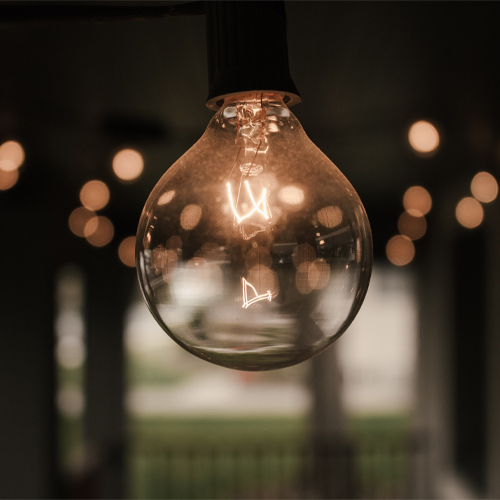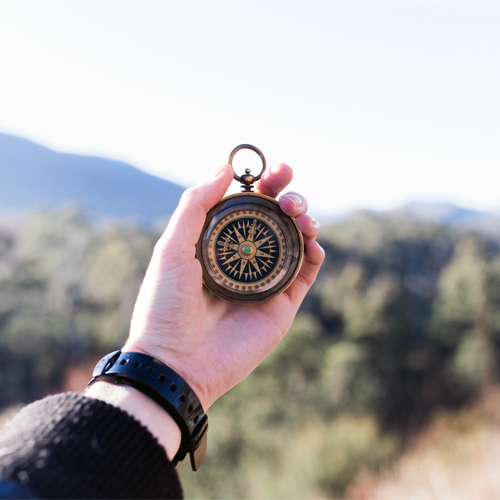Pandemic-Related Anxiety and How to Break the Cycle – Part 1
Every week I talk with my patients about pandemic-related anxiety. Therefore, when I recently came across a podcast that discussed the neuroscience of anxiety, it inspired me to write this blog. Part 1 of the blog will talk about the science of pandemic-related anxiety and Part 2 will discuss a method for breaking the anxiety cycle.

When we don’t have knowledge to predict what is likely to happen in the future, our brain goes into “uncertainty mode”. Our stress hormone (norepinephrine) levels increase and we feel edgy, more alert, and anxious. A brain in this state demands energy which causes us to feel tired and forgetful and triggers a need to return to a state of certainty.
Some people develop or have previously developed brain pathways to deal with uncertainty, although those pathways can use flawed reasoning. For others, the process of returning to certainty takes longer and is difficult. Let’s now relate this information to the pandemic.
When the pandemic first began, we were relatively unprepared to treat and stop the spread of a new and harmful infection. Therefore, we sheltered at home, our brain went into “uncertainty mode,” and three groups of people seemed to form.
- Group 1 – People who thought COVID was going to be the end of the world.
- Group 2 – People who had the exact opposite reaction and acted like there was nothing going on.
- Group 3 – People who thought the truth lay somewhere in the middle.
I wondered what led the first two groups to their extreme (and opposite) conclusions. Applying the principles of uncertainty from above, it is possible that Group 2 relied on previously built brain pathways to move them out of the uncertainty state quickly, even if those pathways used flawed reasoning. Perhaps Group 1’s pathways had not yet been constructed, which kept them in an uncertainty state, leading to anxiety. In other words, I wonder if a person’s response to pandemic uncertainty had more to do with the availability of pre-built brain pathways rather than to conscious decisions made by that person. This last bit is just my theory.
Now let’s focus on those folks who continue to suffer from pandemic anxiety. Humans are creatures of habit and enjoy a daily routine. Why? So that we can spend our brain energy on other tasks — learning, dealing with unexpected situations, etc. Unfortunately, we had to take many tasks off of auto-pilot mode when the pandemic began. For example, how many times did you leave the house and forget to put a mask on? That disruption caused anxiety in many people, especially in people who do not do well with change. The anxiety led to worrying which led to more anxiety. It has been over a year, and we are still in a pandemic. However, breaking the pandemic anxiety/worrying loop is important for mental health and wellbeing.
Now you know why you may have developed (or still feel) anxiety related to the pandemic. In part two of this blog, I will discuss one method of how to break the anxiety/worrying cycle!

Resources used: https://www.sciencedirect.com/science/article/pii/S0301008217300369
Have a good week! Feel free to contact me with any questions.
Melissa Boylan, MD, FAAFP
Family Physician and Owner of Noreta Family Medicine

